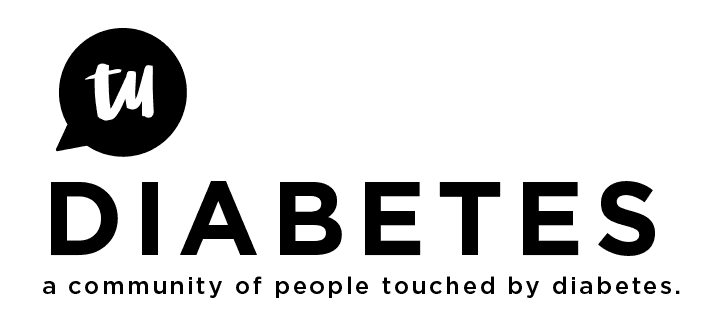Alright - Here we go. One final attempt or I am throwing in the towel (Okay--this isn't possible, but still, humor me.)
Let's pretend I know nothing about Type 1 Diabetes. I know nothing about modern day treatments and I have never visited a doctor in my life. God simply just came down, handed me Novolog and Lantus, and said have at it.
Alright, before God left he told me to take 45 units of Insulin before bed each night-- Thanks God.
However, he forgot to talk about the Novolog.
The last time I visited my Endo, she put me on a 15 carb to 1 Unit of Novolog ratio. She set my target BG at 120. She told me to take whatever my BG was at the time (EX: 320) and then subtract my BG Goal(120) then take that number (200) and divide by a "correction" of 20. In this case the insulin I would need to just correct my high of 320 would be 10 units. If I had a sandwich (30 carbs)this would be an additional 2 Units; so a total injection of 22 Units.
NOW. When I check my BG level 2 hours from the moment I put the fork down... Let's say my sugar is at 220 now. DO I CORRECT THIS? or do I wait FIVE hours and check before the next meal.
Should I be using this ratio or should I be on some sort of Sliding Scale and Diet and Hell. I am just so flustered. It seems sometimes my dosage works and sometimes it doesn't. Sometimes I get it right, Sometimes I don't. I know it's an art and not a science, but I suck at both subjects. I can look at numbers all day and plot graphs and log journals, but I can't do much without understanding the full concept of what I am working with. I have the insulin; I just don't know what to do with it. I do not have a pump. I give myself my injections and I do not have the health coverage to see a specialist or and educator right now (hopefully soon, after another 90 days.)
Can someone please help me? I am really trying here. Can someone just put it "simple stupid" for me.
